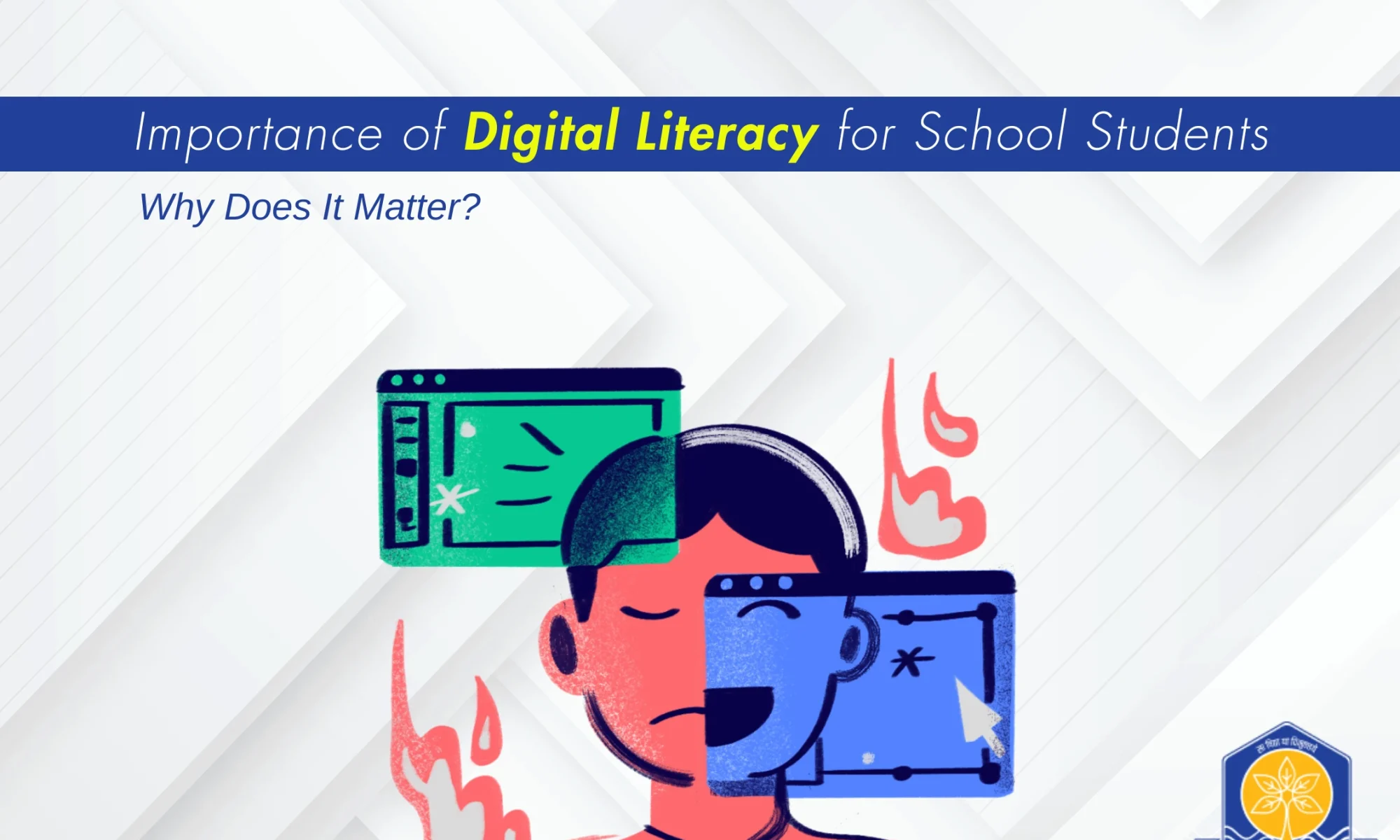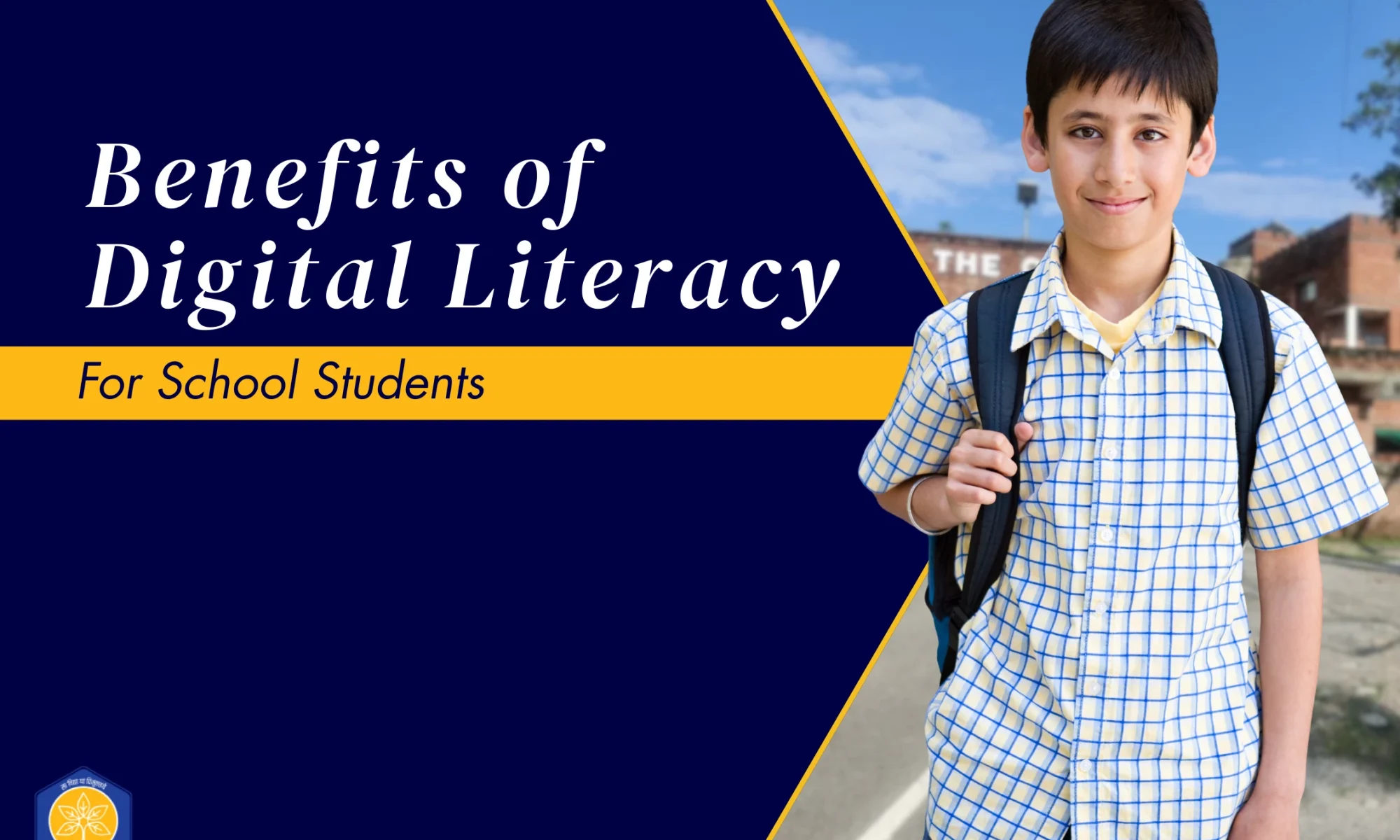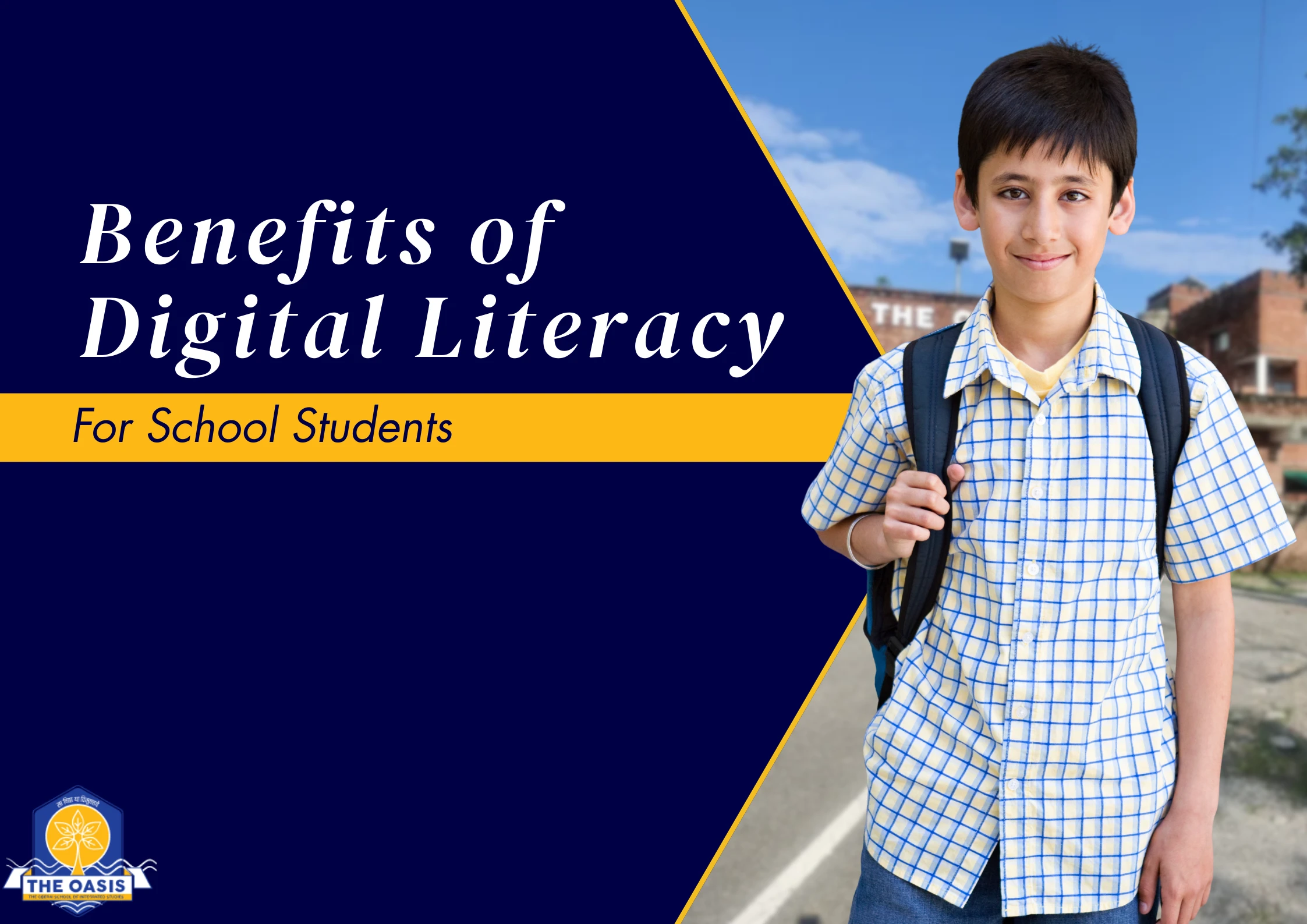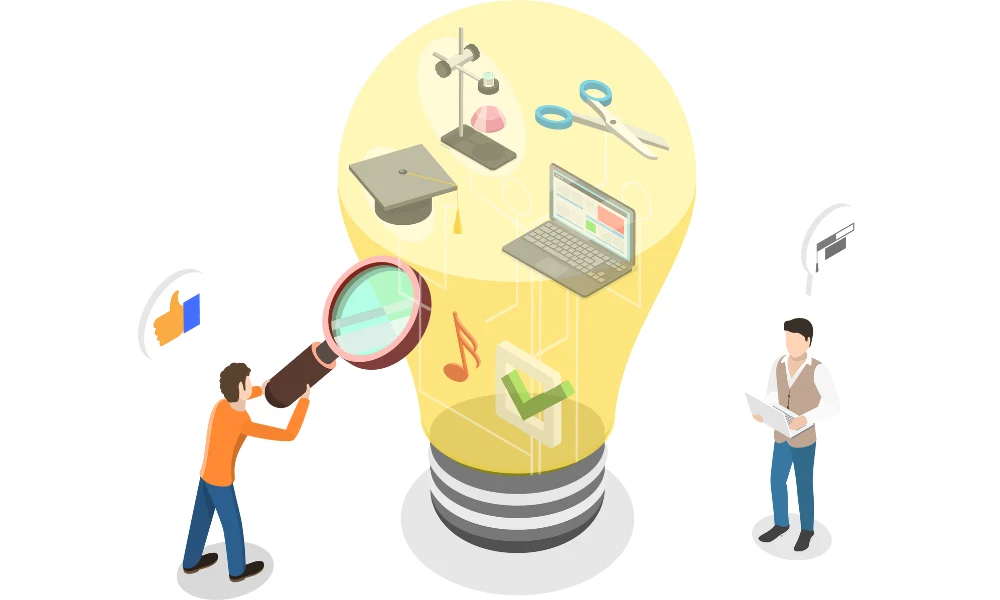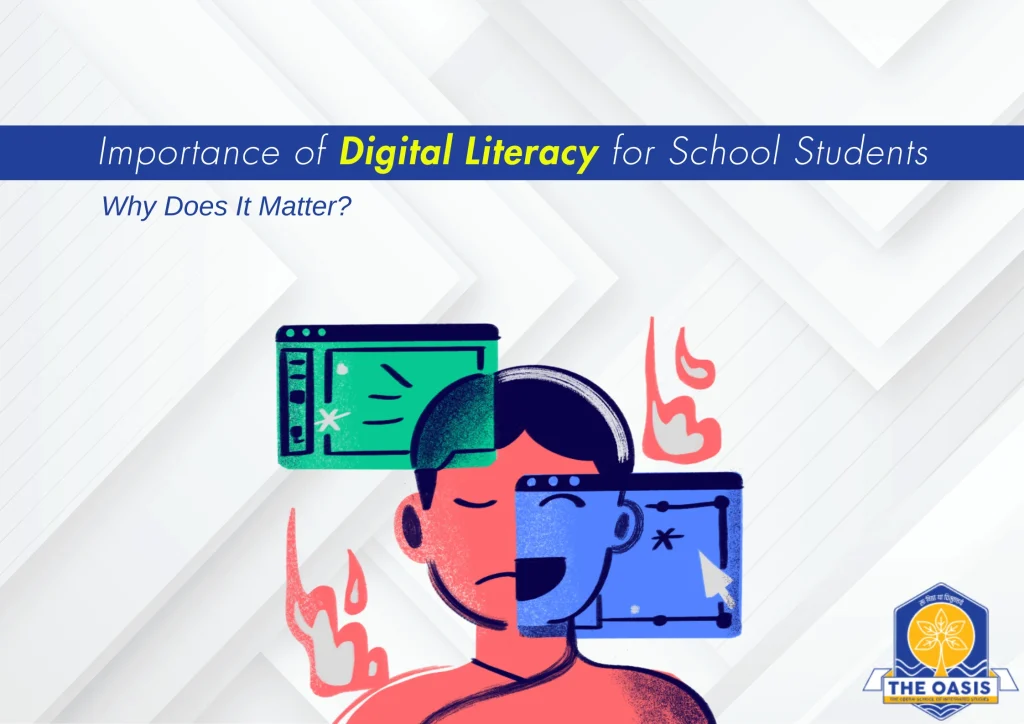
In today’s classrooms, lessons go beyond textbooks they’re streamed, shared, and searched online. From virtual assignments to AI-based study tools, students now live in a digital-first world. That’s why understanding the importance of digital literacy has become essential. It’s not just about using a computer; it’s about learning how to think, evaluate, and communicate responsibly in the online space.
What Is Digital Literacy?
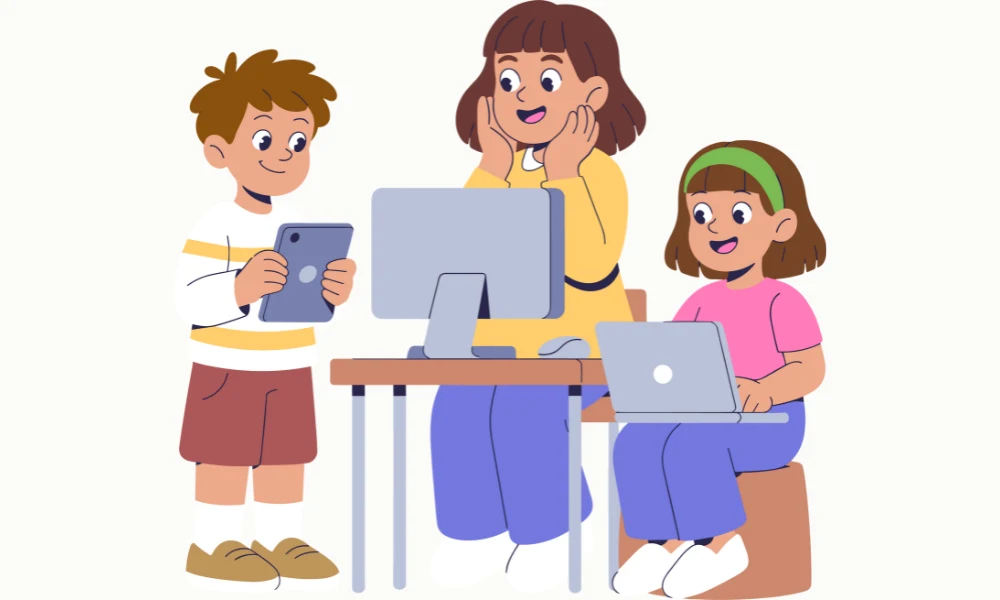
Digital literacy refers to the ability to use technology safely and effectively. It’s the ability to find, evaluate, create, and share information using digital tools. For school students, it involves everything from searching for information correctly to identifying fake news, creating presentations, and maintaining privacy online. In short, it’s about being smart, safe, and confident users of technology.
The Importance of Digital Literacy for School Students:
The importance of digital literacy lies in its ability to shape the way students learn and interact with the world. In classrooms, it encourages curiosity and creativity. Beyond school, it prepares them for a world where nearly every profession depends on digital skills. It builds confidence in students to use technology as a tool, not as a distraction.
Digital literacy helps children understand that technology is not just entertainment, it’s empowerment. When used correctly, it opens doors to research, collaboration, innovation, and self-expression.
Why Digital Literacy Matters in Education?

- Critical Thinking: Students learn to question the authenticity of information and think before they click or share.
- Effective Learning: Digital platforms make learning interactive, visual, and easier to understand.
- Online Safety: Awareness about privacy, cyberbullying, and responsible digital behavior keeps students protected.
- Communication Skills: Students learn to express themselves clearly through digital media, improving collaboration in group projects.
- Future Readiness: In a tech-driven job market, being digitally literate ensures students stay ahead of the curve.
Challenges in Promoting Digital Literacy:
Despite its benefits, schools face several challenges in promoting digital literacy. Many students still lack access to proper devices or high-speed internet. Others may overuse screens or rely on unverified information sources. Teachers also need regular training to stay updated with digital tools and ensure balanced usage for students.
How Schools Can Build Digital Literacy?
Schools play a key role in shaping a digitally responsible generation. Here’s how they can help:
- Integrate Technology Wisely: Introduce digital learning through safe, supervised platforms.
- Encourage Online Safety: Teach students about strong passwords, data privacy, and reporting cyber issues.
- Promote Critical Evaluation: Encourage students to cross-check online information before accepting it as fact.
- Engage Parents: Guide parents on screen-time balance and safe device usage at home.
When schools make digital literacy part of the curriculum, students not only learn better but also become smarter and safer digital citizens.
Why This Perspective Is Better Than Others?
While many articles define digital literacy, this one focuses on real-life classroom relevance, explaining how it impacts students daily, from learning efficiency to emotional well-being. It uses a student-centered tone, simplifies complex ideas, and connects digital learning with responsibility, making it more relatable to both teachers and parents.
Empowering the Next Digital Generation:
The importance of digital literacy in today’s world cannot be overstated. It’s not a skill for tomorrow, it’s a necessity for today. By helping school students understand how to use technology responsibly and creatively, we are empowering them to become thoughtful learners, problem-solvers, and global citizens. Digital literacy is not about limiting technology; it’s about guiding young minds to use it wisely, safely, and meaningfully.
Frequently Asked Questions (FAQs)
Ques 1. What is digital literacy for students?
Ans. Digital literacy is the ability to use devices, apps, and the web to find, evaluate, create, and share information safely and responsibly.
Ques 2. How does digital literacy help academic performance?
Ans. It improves research quality, note-making, collaboration, and presentation skills, leading to deeper understanding and better grades.
Ques 3. How can digital literacy reduce misinformation?
Ans. Students learn lateral reading, source cross-checks, fact-checking with reputable sites, and spotting clickbait or deepfakes.
Ques 4. How can parents build digital literacy at home?
Ans. Co-learn with kids, set shared rules, use parental controls, discuss media critically, and practice balanced screen time.
Ques 5. Which classroom tools support digital literacy?
Ans. Learning management systems, citation tools, collaborative docs, quiz apps, accessibility features, and creativity suites.
Ques 6. How can schools prevent cyberbullying through digital literacy?
Ans. Teach empathy, reporting pathways, bystander actions, and platform tools (block, mute, evidence capture) within clear school policies.

